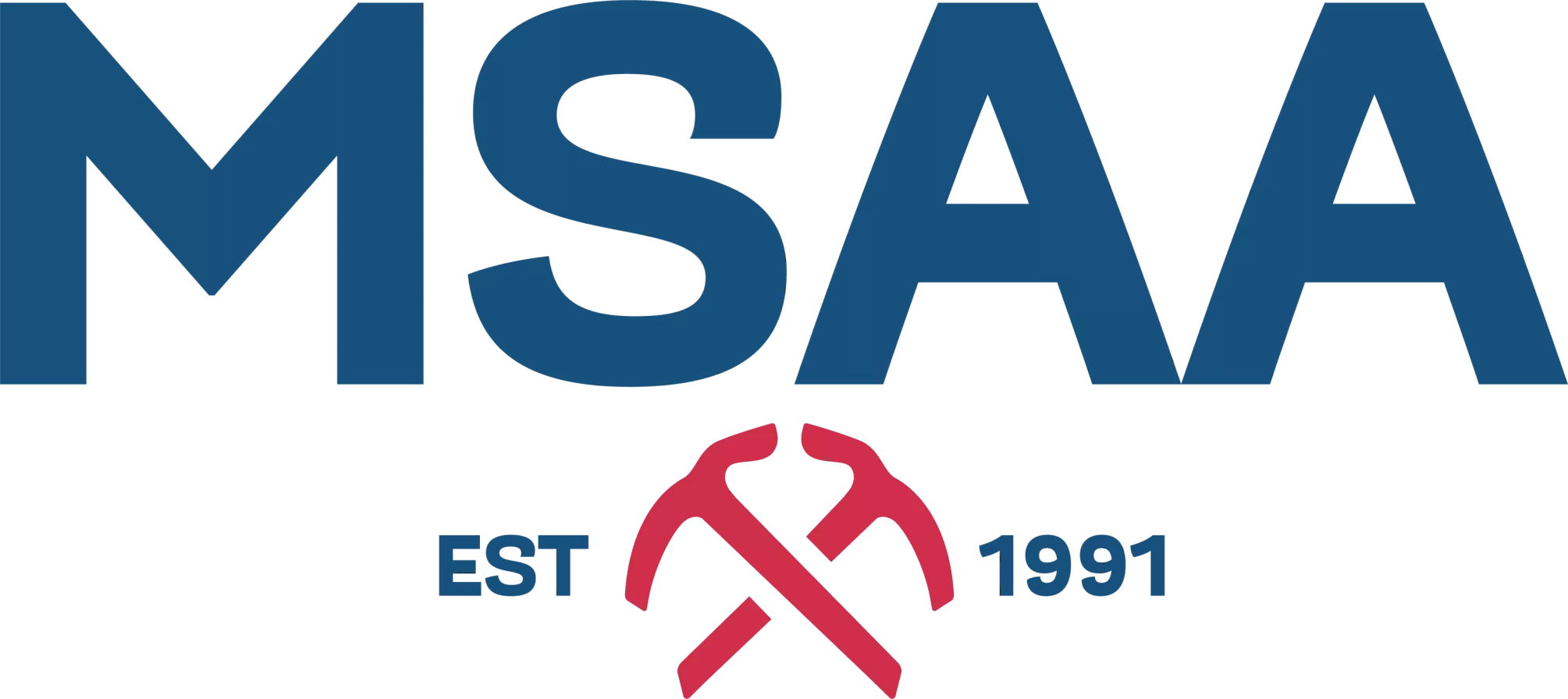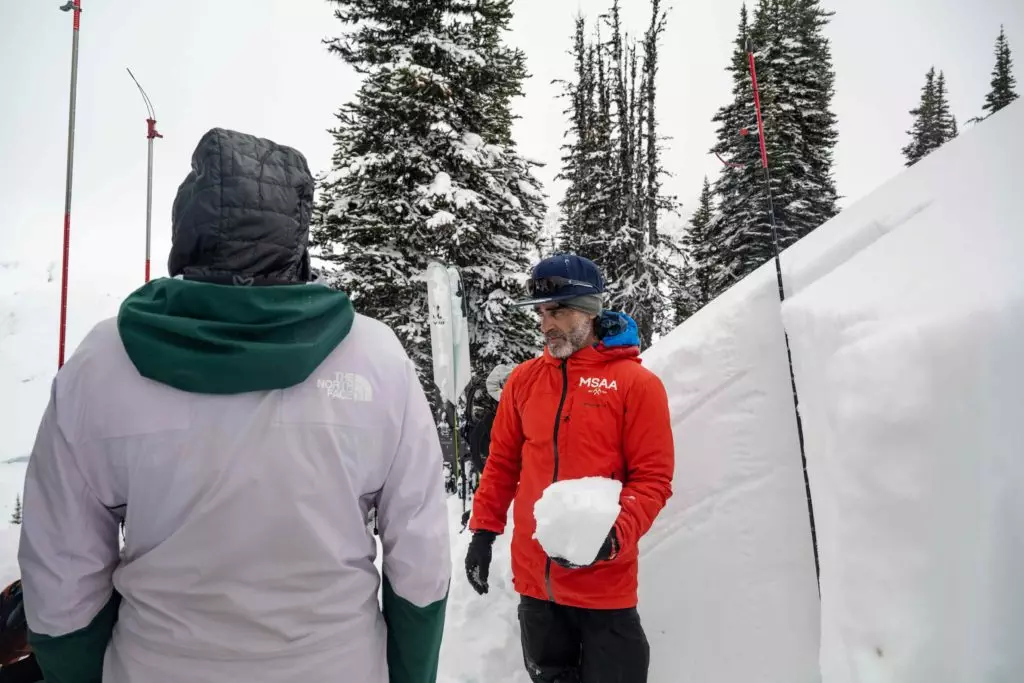The Avalanche Skills Training (AST) Level 1 is the ideal course for new ski tourers and split boarders. With hundreds of enrolments every year in BC, it has become socially accepted as the prerequisite education before one is ready to head out into the backcountry. The AST 1 is a great introduction to venturing beyond the boundary ropes and opens the door to so many possibilities. It’s also a first step—the first step of many—towards a lifetime of safe adventures in the mountains.

The Next Step
The curriculum of AST1 is designed to be as time efficient as possible in two days with a big focus on the practical skills of self-rescue (Ie finding your friend buried under the snow and digging them out). However, there’s only so much theory and knowledge that will fit into a two-day introductory course. You learn the basics of how snow slabs form, how these layers of snow are triggered and the importance of staying calm and methodical in the event of a burial. AST 1 instructors do touch on trip planning, decision making and interpreting resources such as the daily Avalanche Canada bulletin, but there aren’t enough hours in two days to explore these concepts thoroughly. With thousands of skiers, snowboarders and snowmobilers all heading out into the mountains, how many are ready for the next step in their avalanche education? Probably more than you think.
Many people get into backcountry skiing by following more experienced friends, and that’s great. Learning from an experienced mentor is a big part of ongoing avalanche education and it’s especially important if you intend to venture into complex terrain where—let’s face it—we all find the most exciting skiing. But what if your experienced friend can’t make the trip this weekend? Or maybe you want to start venturing out under your own trip leadership? It’s at this point backcountry enthusiasts should consider taking the four-day AST 2 course. And when they do, they realize they could have done it a long time ago.

Why the AST 2 is valuable
One of the main barriers to taking an AST 2 course is the cost (MSAA prices its AST 2 course at $649). While a substantial sum, backcountry travellers should view their avalanche training like a vehicle in need of scheduled maintenance — holding off too long could end up costing you a lot more in the long run, and in some cases, a lot more than money. It may mean putting off the purchase of a new pair of boots or bindings that season, but the skills, knowledge—and arguably most important—awareness gained from the AST 2 will pay dividends in your decision-making confidence. If you intend to ski regularly in complex terrain and have the AST 1 with a couple of seasons under your belt, you are more than ready to advance your backcountry career with the AST 2.
With three days in the field and one day allocated for classroom theory, AST 2 allows further exploration of all the subjects introduced in AST 1, both on and off the snow. Candidates learn to navigate avalanche hazards in complex terrain and how to effectively interpret snow pits, including the influences of weather, wind, temperature fluctuations and solar radiation. Every field day begins (as all trips should) with a meeting to discuss the avalanche bulletin (including the weather forecast that day) and mapped route planning with different skiing and travel options should the group collectively decide against the main objective.
If you want to get the most out of the AST 2, it’s worth considering a hut-based course. After one day of classroom theory, the group heads into a backcountry hut for two nights and three days of field time. Candidates wake up with the snowpack right outside the front door learning. Plus, you’ll get more skiing in. And isn’t that the whole point of why we get educated about the backcountry?

No time like the present
When it comes to avalanche safety, education is lifelong and you can never have too much practice or training (just ask the ski guides). Ski touring has experienced rapid growth in recent years and with that, the number of people who can (and should) advance to the next level of avalanche education and training goes up proportionately. Make this the season that you take the next step.
Find out more and book an AST Level 2 Course HERE.
Written by: Vince Shuley

